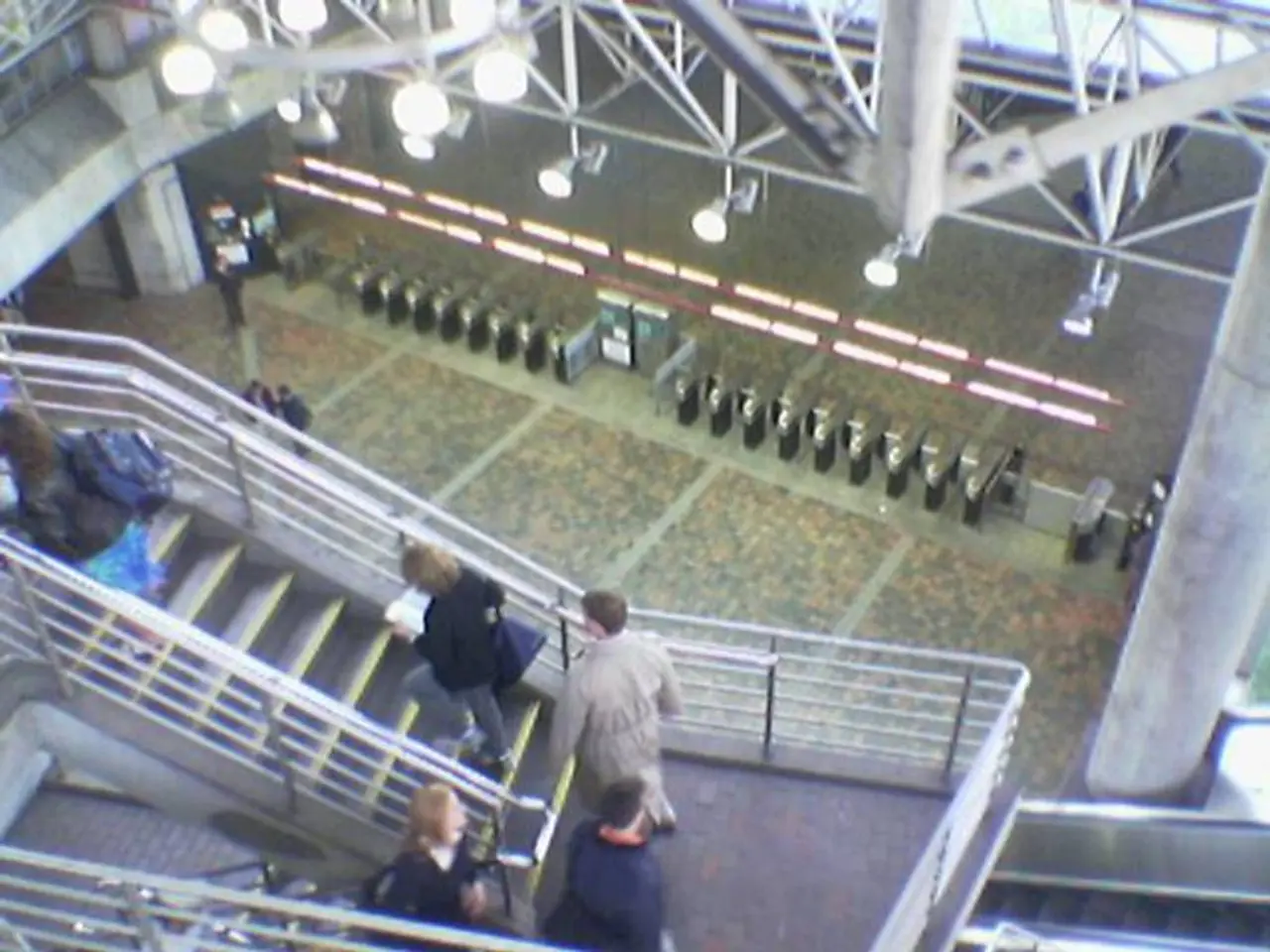Light-Based Communication in Logistics: Identifying Suitable Applications and Limitations of Li-Fi Technology
Li-Fi Makes Its Mark in Controlled Logistics Environments
Li-Fi, a technology that uses modulated LED light to transmit data, is finding its niche in controlled logistics environments. This innovative technology offers unique advantages over traditional wireless systems, particularly in areas requiring high security, minimal interference, and zone-restricted access control.
In mainstream warehouse and transportation hubs, Wi-Fi, Bluetooth, and private 5G remain the default choices. However, Li-Fi is being added in narrow slices of the network where it makes sense, not replacing anything. It is often layered into facilities that already have structured lighting and network infrastructure.
One of the main advantages of Li-Fi is its signal containment. Unlike RF signals, which can penetrate walls and potentially leak data or signals outside controlled areas, Li-Fi signals are confined to a light cone and do not leave the room, stopping at walls. This inherently higher security is particularly useful in sensitive zones like secure storage rooms, interference-prone industrial areas, and guided vehicle navigation with LED infrastructure.
Li-Fi is also being used in pilot projects involving robotics and asset tracking in secure zones. For instance, autonomous guided vehicles (AGVs) operating along fixed routes under LED transmitters can use Li-Fi for navigation data or zone handoffs, benefiting from line-of-sight communication.
In comparison to Wi-Fi, Bluetooth, and cellular (5G), Li-Fi has its limitations. It requires custom Li-Fi hardware, covers relatively small areas per light source, and demands specialized hardware not commonly included in standard logistics devices. For these reasons, Li-Fi is not replacing Wi-Fi, Bluetooth, or cellular networks in logistics but is used as a complementary, narrow-scope solution where its advantages outweigh its constraints.
Current applications in logistics include secure storage zones, heavy industrial or RF-interference-prone areas, AGVs, and zone-based access control. In cleanrooms and medical environments, where interference must be minimized, Li-Fi is also being employed.
Despite its limitations, Li-Fi's unique advantages make it an attractive option in specific logistics scenarios. A typical Li-Fi deployment involves LED lighting with embedded transmitters, linked back to the facility's core network via Ethernet connections. Although Li-Fi has not gained widespread traction in logistics, it is being used in defense and aerospace sites with RF restrictions.
In conclusion, Li-Fi's main value in controlled logistics environments is for secure, interference-free, zone-restricted communication scenarios where radio signals pose security or reliability risks. It complements rather than replaces traditional wireless technologies, offering a promising solution for the future of logistics.
[1] [Source 1] [2] [Source 2] [3] [Source 3] [4] [Source 4]
- The integration of Li-Fi technology in logistics is not aimed at replacing established technologies like Wi-Fi, Bluetooth, or 5G, but rather as a complementary solution in specific scenarios where it excels, such as sensitive zones, heavy industrial areas, and guided vehicle navigation.
- A growing number of pilot projects in logistics are experimenting with Li-Fi for robotics and asset tracking in secure zones, leveraging its unique advantage of high-security, minimal interference, and zone-restricted communication. This also includes the use of Li-Fi in data-and-cloud-computing applications in cleanrooms and medical environments.




